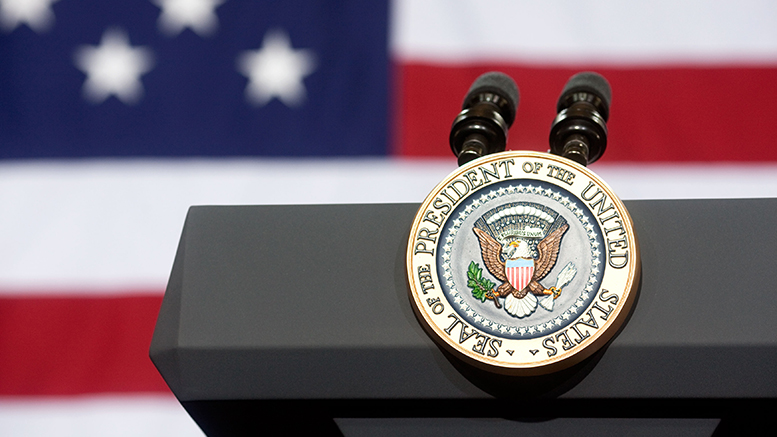As in previous campaigns, the American Association of Community Colleges (AACC) has just released an agenda for the presidential candidates and the next administration. Higher education issues are almost sure to be prominent issues into the fall campaign. This concrete community college agenda gives the candidates a road map for how best to support both students and institutions. It also differentiates community colleges from other sectors and may help counter growing public doubts about the value of college.
AACC’s agenda for the candidates has three broad categories: providing students with the financial support to succeed, which includes Higher Education Act (HEA) programs such as Pell grants, Federal-Work Study and Direct Loans; investing in community college workforce training and related capacity, which includes the Perkins Act, WIOA, and the new Strengthening Community College Training programs; and providing better information to students, institutions and policymakers, as well as lightening the federal regulatory burden. Many of the policies revolve around providing more resources for existing programs rather than creating new ones, because, if adequately funded, these programs are well structured to achieve their goals, even if they lack novelty. This starts with Pell grants.
As part of its presidential campaign agenda and broader legislative efforts, AACC is advocating for a reform of the Lifetime Learning Tax Credit (LLC). The credit was created along with the Hope Scholarship tax credit in 1997, emerging from a re-election agenda item of President Clinton. The Lifetime Learning Credit’s manifest purpose was to help individuals who did not qualify for the Hope tax credit (either because they were in non-credit programs or enrolled less than half time) to “skill up.” But the LLC covers only 20 percent of a student’s tuition and covered expenses, and for those going to low-cost community colleges, that’s not usually a lot of financial support. Simultaneously, graduate and professional students get 20 percent of their first $10,000 of tuition and expenses, which represents a $2,000 contribution to their costs. To AACC, this seems unbalanced and out of step with the credit’s original purpose.
One area of intense national focus in which the concerns of community colleges are different from other sectors relates to college prices and student debt. Overall, college prices continue to rise at rates much higher than family incomes, even higher than health care. But community college tuition increases have been extremely modest since the depths of the last recession, the institutions often get swept up in policies designed to address college costs. This fall, the average full-time, full-year community college tuition and fees was just $3,730.
AACC recently released a policy brief on affordability that looked at the potential impact of measure to reduce college debt. It noted that, overall, high-profile, high-cost proposals to forgive large amounts of student debt would provide relatively little benefit to community college students. Vast misperceptions about student debt persist, and many people would be surprised to know that the highest percentages of loan defaulters are those who borrow the least — often meaning community college students. These students certainly are not the ones politicians emphasize on the hustings.
Other measures to promote affordability, particularly enhancing the Pell Grant program, and expanding it to include short-term education programs and “second chance” students, are emphasized in the just-released campaign materials. One issue that remains on the minds of many CEOs and was raised by President Trump in his 2016 campaign and after concerns infrastructure. There has been some discussion of the issue in Washington and House Democrats have introduced an ambitious package, but the cost of these potential investments appears to have prevented meaningful action from taking place, not that Washington doesn’t engage in deficit spending when it chooses to.
AACC is also hoping that the recently created Strengthening Community College Training program will get a big financial boost in the coming years. The Department of Labor is expected to release details on the competition for the program this spring.
The upcoming election provides the community college sector with a great opportunity for asserting both its value to the nation and the role that the federal government can play in enhancing that value. Hopefully, AACC’s agenda for the presidential candidates will help institutional leaders in that process.





